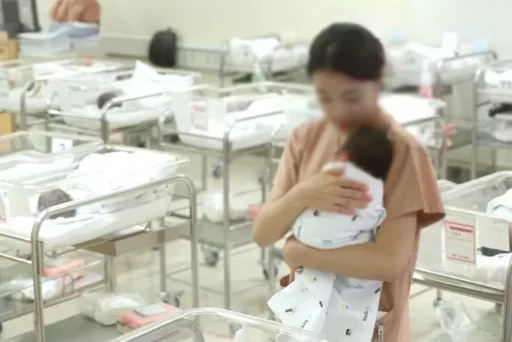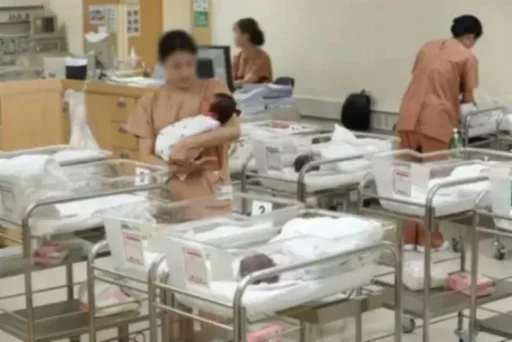Korea's Population Expected to Decrease by 85% in 100 Years, Burden of Supporting the Elderly to Surge
According to the "2025 Population Report: A Great Transition for Korea's Population" published by the Korea Future Population Institute on the 2nd, if the current trend of low birth rates and an aging population continues, Korea's population is expected to plummet to just 15% of its current level in 100 years.
Utilizing the cohort-component method, which is an internationally recognized population forecasting technique, this analysis revealed the shocking result that Korea’s population could decrease to as low as 7.53 million by 2125 under the worst-case scenario.

This figure is merely 14.6% of the current population of 51.68 million in Korea, which is less than the population of Seoul (9.33 million) today.
Even in the mid-range scenario, the population is predicted to amount to just 11.15 million, and in the most optimistic high scenario, it will be only 15.73 million.
Acceleration of Population Decline and the Serious Onset of an Aging Society
The decline in population is expected to accelerate over time.
Based on the mid-range scenario, about 30% of the population will decrease by 2075, and over the subsequent 50 years, an additional decline of more than half is predicted. This drastic reduction stems from a vicious cycle in which the potential childbearing population itself is shrinking.

The population structure is also expected to change drastically. The "gourami-type" population pyramid seen in 2075 is expected to transform into a "cobra-type" pyramid, with all age groups narrowing by 2125.
In particular, the phenomenon of aging is expected to worsen, with an extreme "inverted pyramid" structure emerging by 2100, where one person of working age (aged 15-64) will have to support 1.4 elderly individuals. Currently, 100 working-age individuals support about 30 elderly people, indicating an increase in support burden by approximately 4.7 times.
Extreme "inverted pyramid" structure by 2100, where one working-age person supports 1.4 elderly individuals.
Economic Burden as Main Reason for Hesitance Towards Marriage and Childbirth
The institute analyzed around 60,000 posts on the workplace community "Blind" to investigate the perceptions of marriage and childbirth among the 2040 generation.
The analysis revealed that in posts related to marriage, "money" and "housing" were mentioned more frequently than "love," and economic burdens were a key topic in posts related to childbirth.

This suggests that in today's Korean society, marriage and childbirth are heavily influenced not by individual choices but by economic conditions.
To address this population crisis, the institute proposed policies such as ▲dramatic support expansion to alleviate the burdens of childbirth and childcare ▲establishment of a work-family balance culture ▲extension of retirement age and promotion of continuous employment systems ▲reorganization of immigration policies. It emphasized the urgent need to shift toward a productivity-centered economic structure.
Image source: Reference photos for the understanding of the article / gettyimagesbank, Reference photos for the understanding of the article / News1.


